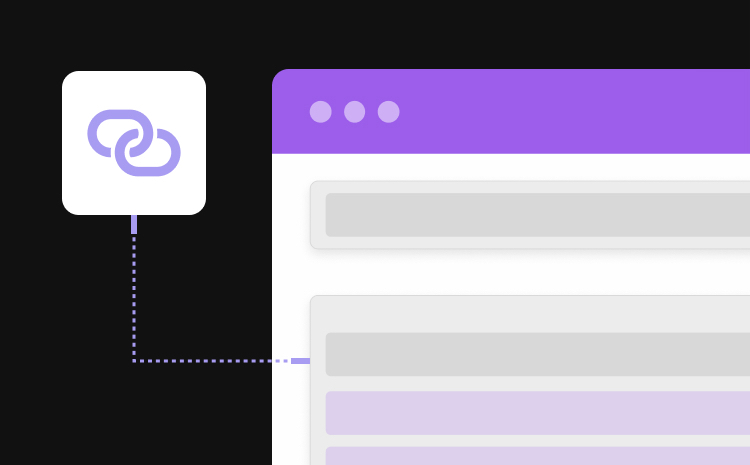Our Top 5 tips to improve SEO
(That you can do yourself)
Search Engine Optimisation, or SEO, is a crucial part of online marketing and website visibility.
It involves various techniques and strategies aimed at improving a website’s ranking on a search engine – most prominently, Google. The ultimate goal of SEO is to increase a website’s chances of being found by a potential customer when they search for information, products or services related to that website. The further up in the results your website appears, the better.
SEO doesn’t have to be a daunting task reserved for tech wizards. There are some straightforward things you can do for your own website to enhance its SEO. And, in this article we’ll share our top 5 easiest and most effective DIY steps to improve your website’s SEO.
Here goes…
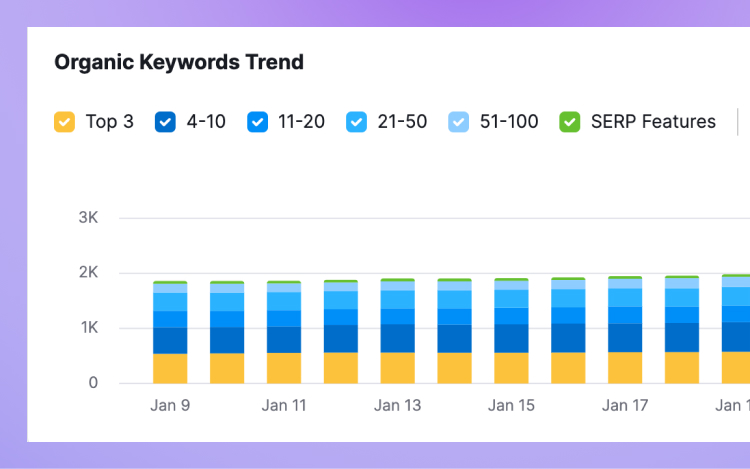
1. Optimise Keywords
In a nutshell: It’s ensuring that the words on your website align with a visitor/customer’s intent so that when they type a search term into Google, your website comes up.
Action: Research and choose relevant keywords that most evidently express your website’s intent. Then, look to incorporate those keywords naturally into your content – if you can, into headings and subheadings.
You want to avoid what’s called ‘keyword stuffing’, which is using keywords in such an overt way that they feel unnatural to the content, preventing its flow and sense. Further information: Here’s a useful article that lists both free and paid tools for conducting keyword research. It’ll help you choose a software to identify the keywords that are most relevant for your website.
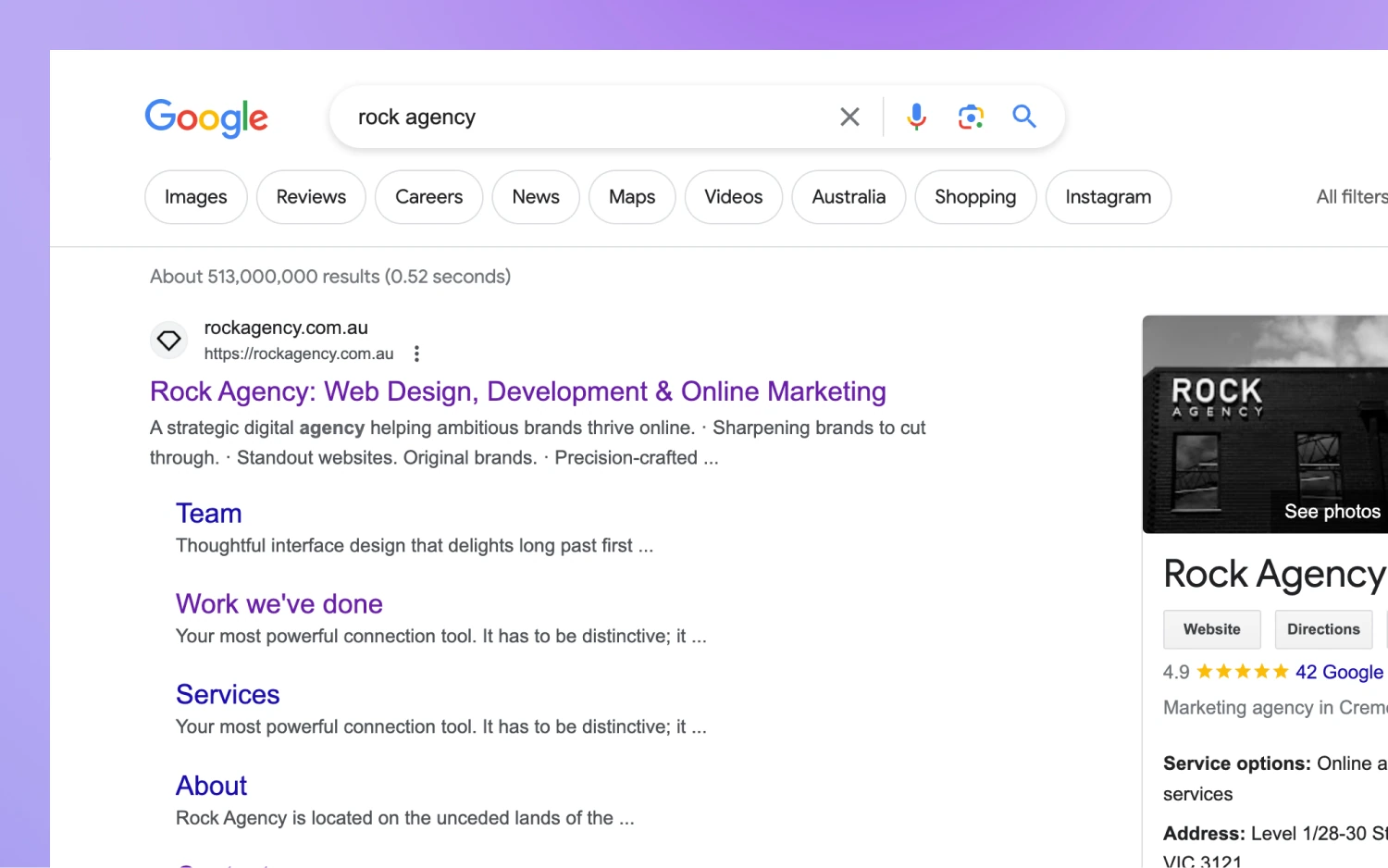
2. Optimise Page Titles and Meta Descriptions
In a nutshell: Think of Page Titles and Meta Descriptions like you would the cover of a book: title on the front, with a blurb summary on the back. Giving each of your website pages a title and a blurb helps internet users understand if the page will deliver the information they’re searching for. Compelling titles and meta descriptions can significantly impact click-through rates.
Action: Content Management Systems like WordPress, Webflow or Shopify employ SEO tools that allow you to add and edit Page Titles and Meta-Descriptions in the backend.
Page Titles should be kept short – under 60 characters – giving an accurate summary of the linked-to page. If you own a business, here’s a formula that might help:
Keyword | Location | Brand Name.
So, for example: Digital Marketing | Melbourne | Rock Agency
Meta Descriptions should be under 160 characters. Each page of your website should include a unique meta description that accurately describes the content. Include keywords, and a call to action in your description. You can add symbols and emojis too if that’s your vibe.
Further information: Here’s an article with some fantastic examples of well-written meta descriptions that can help you craft your own.
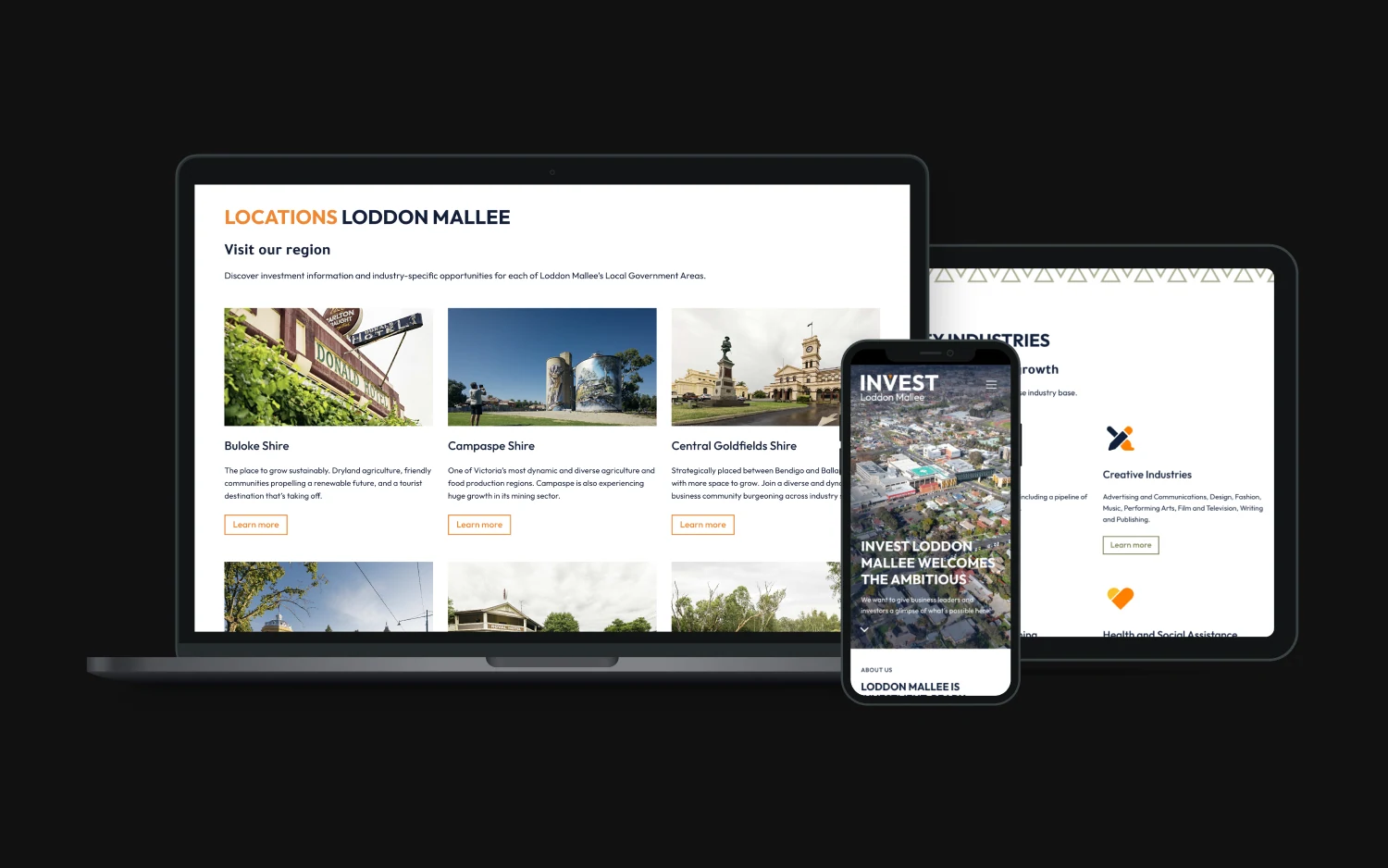
3. Create Quality Content
In a nutshell: A great website is a useful website – quality content, therefore, is defined as content that addresses and solves customer/visitor problems. Quality content not only attracts visitors but also encourages other websites to link to yours, improving your site’s credibility.
Action: SEO benefits when your website is active and constantly evolving, as opposed to a set-and-forget platform. Find ways to continually improve engagement by taking an audience-centric approach. By this we mean, define your audience first, then work to create content that speaks to them. It could be in the form of blog posts or articles shared via the website; an informative or instructional video; links to social media posts; an eBook – the key is in developing content that engages and is useful to your audience.
Further information: Want to go deeper? Here’s an article that shares how to create audience-centric quality content.
4. Internal Linking
In a nutshell: Internal links are hyperlinks directing users to pages within the same domain. In contrast, external links lead to pages located on different domains. Internal links play a crucial role in facilitating Google’s discovery, indexing, and comprehension of all pages on your website. When used strategically, internal links can channel page authority, often referred to as PageRank, towards pivotal pages. Therefore, internal linking is an essential component for any website aspiring to achieve higher rankings on Google.
Action: Always prioritise user experience when implementing internal links and be mindful not to over-optimise with too many links as this can start to negatively affect user experience.
Prioritise linking from pages with high authority, such as your homepage or popular blog posts, to other relevant pages. This can help distribute authority and improve the visibility of important pages. Then, choose the anchor text (the clickable text in a link) for your internal links. Anchor text should be relevant to the linked page’s content and include keywords when applicable. As your website evolves and new content is created, regularly review and update your internal links. Ensure that links are still relevant and that they continue to serve the user and SEO objectives.
Further information: Strategic advice for internal linking can be found here.
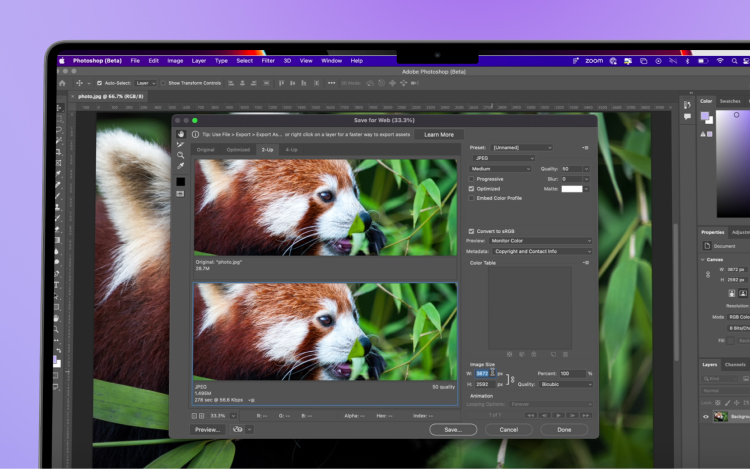
5. Optimise Images and Multimedia and Add Alt Tags
In a nutshell: A great website is also a fast and accessible website. Large images can significantly hinder a website’s loading speed. Moreover, it’s completely unnecessary to include images that surpass your site’s maximum size requirements. Given that most visitors have little patience, with a typical threshold of around three seconds for page loading, optimising is paramount – and page speed plays an important part in Google’s search algorithm.
An alt-tag (also called alt attribute or alt text) is a brief description applied to an HTML image element. Its primary purpose is to provide alternative, text-based information about an image when the image cannot be displayed to the user. Alt tags are not only important for SEO but for accessibility. They enable users with visual impairments who rely on screen readers to understand the content and context of images on a webpage. When an image has a meaningful alt tag, the screen reader can read the alt text aloud, making the content accessible to everyone.
Action: Resize and compress images to reduce file sizes while maintaining image quality. Then, name each image file in a descriptive yet accurate way. Google actually crawls the file names of images and so it’s a missed SEO opportunity calling a file, for example: ‘image001.jpg’. Finally, include an alt tag that uses plain, descriptive language to depict the image in words. Use keywords if possible, without forcing them unnaturally.
Further information: This article goes even deeper, with clear instructions for how to optimise, name and tag your images for improved SEO.
Conclusion
There’s so much you can do to improve your website’s SEO without the help of an SEO or digital marketing expert. All of the steps above are accessible to anyone, making SEO more manageable and achievable for website owners at any level.
All that said, here’s two key things to remember about SEO:
- Consistency and relevance are key – keep your audience in focus and your content fresh and informative. Quality over quantity, always.
- Hold onto the idea that SEO is a long game – it’s a marathon, not a sprint. Keep returning, refining and creating. Just like the best websites have an active presence; the best SEO is achieved via active and ongoing practise.
You can also get in touch with our Digital Marketing Specialist via the agency if you need help navigating SEO challenges for your business. Otherwise, we hope the above helps you chip away towards that top ranking.
